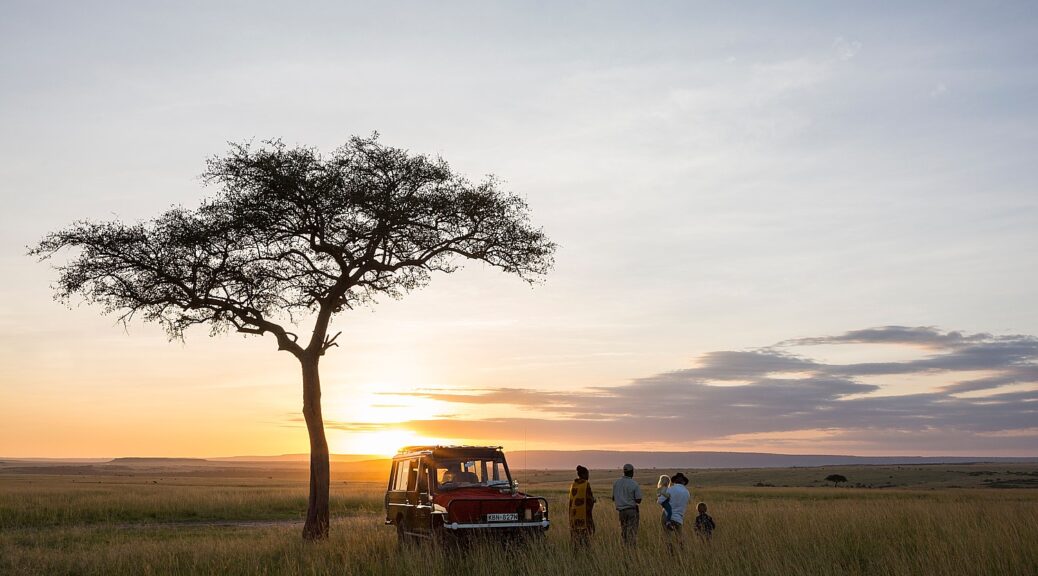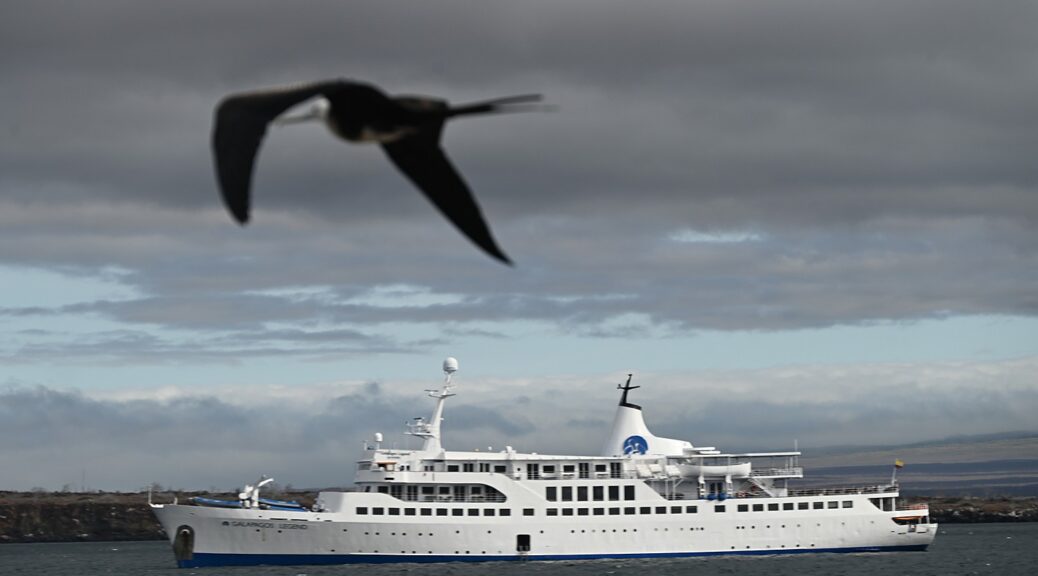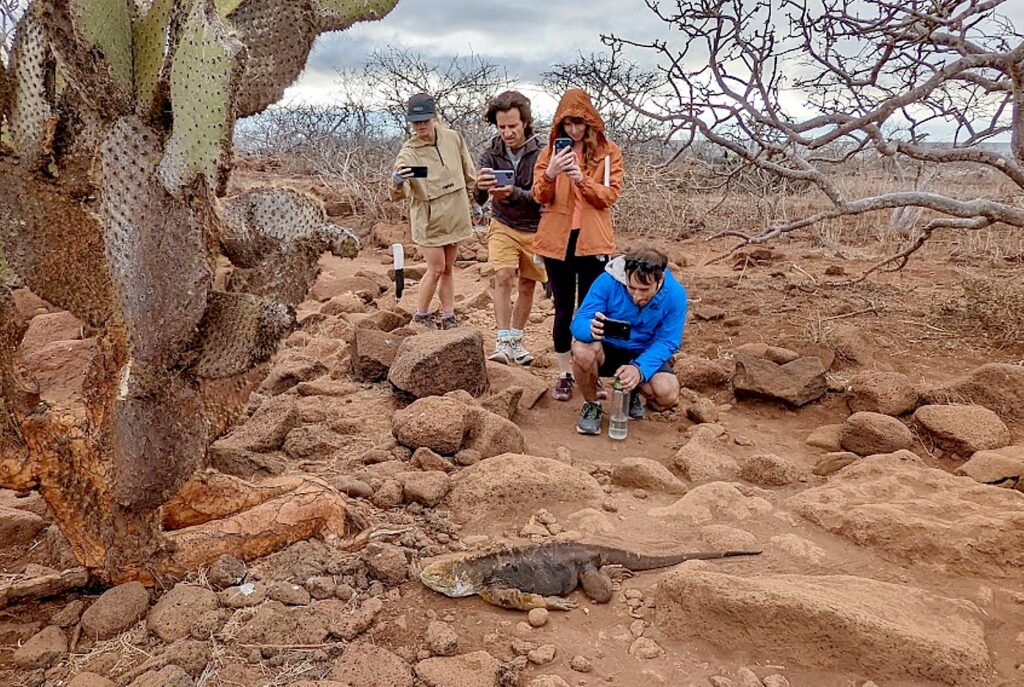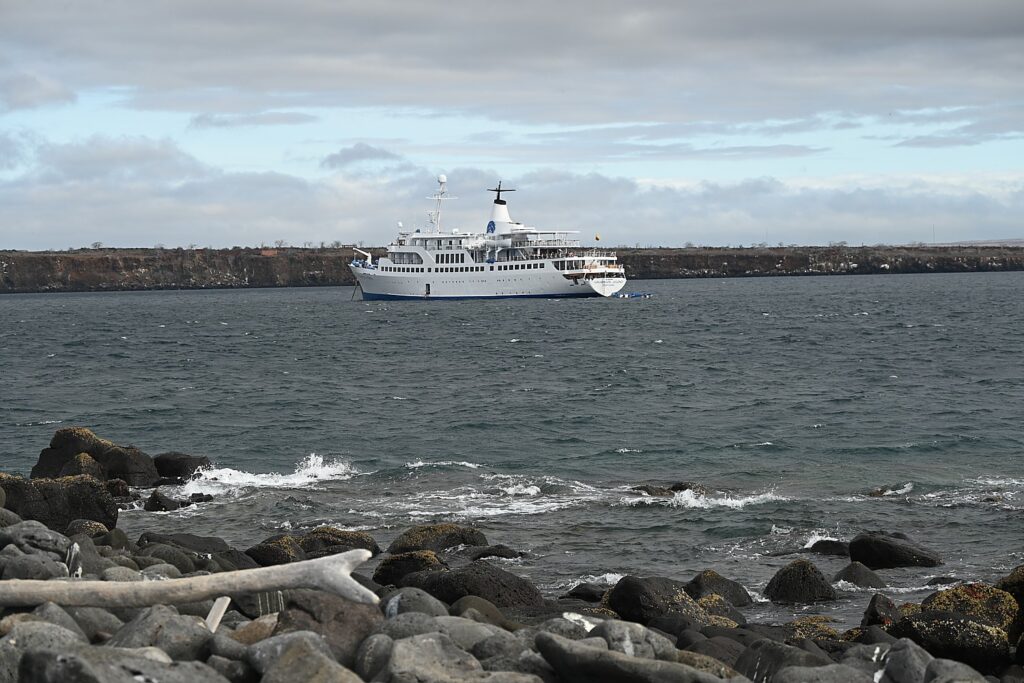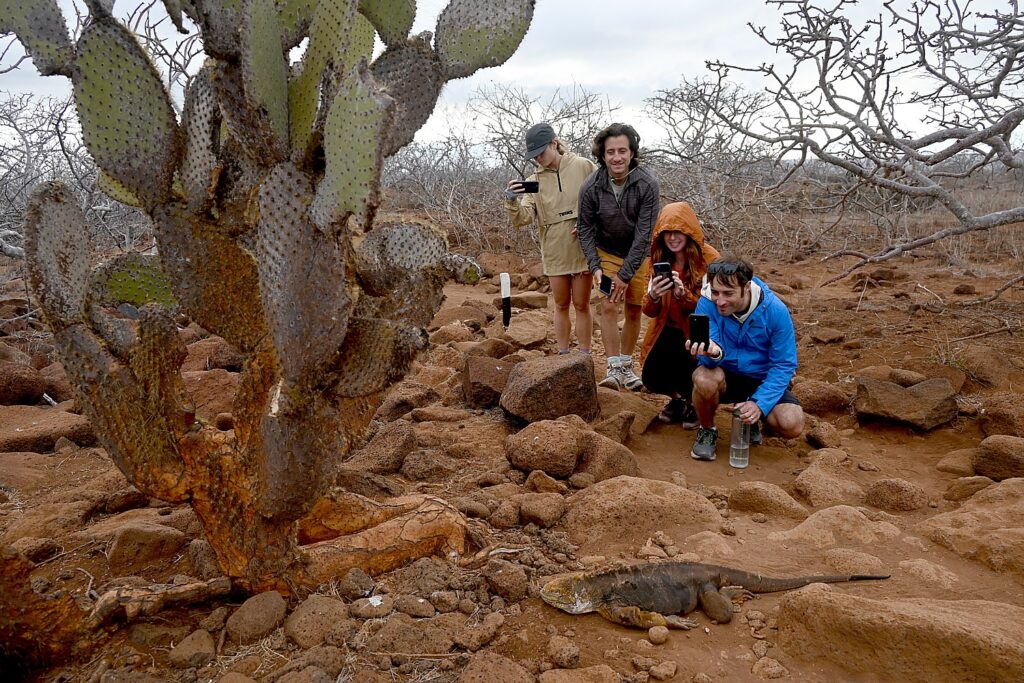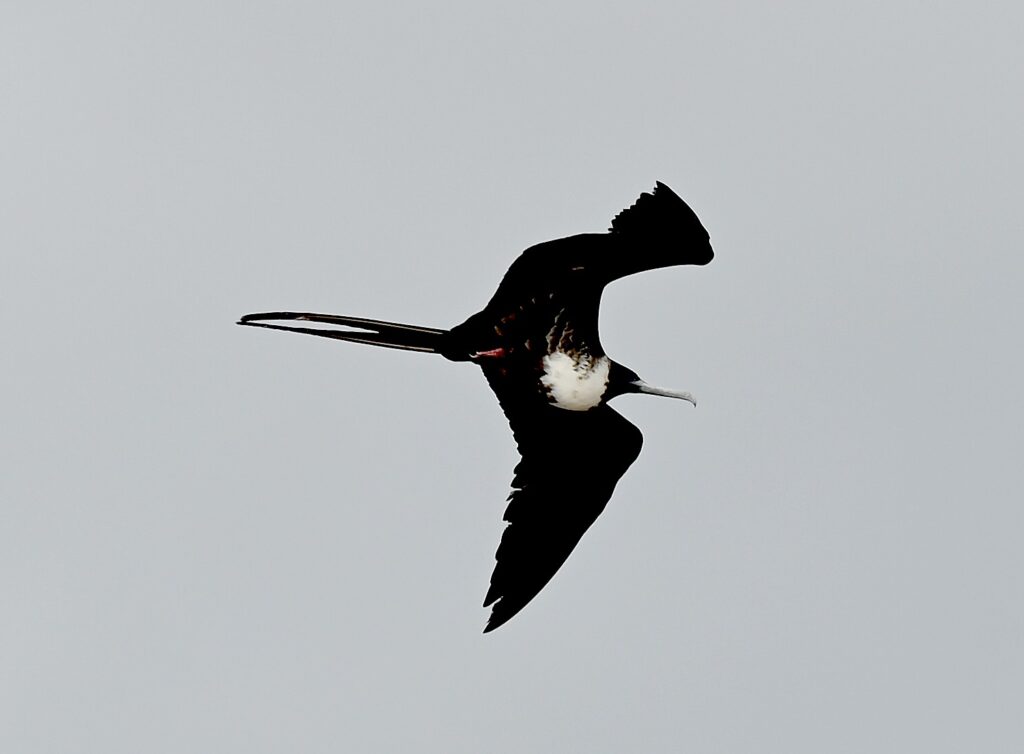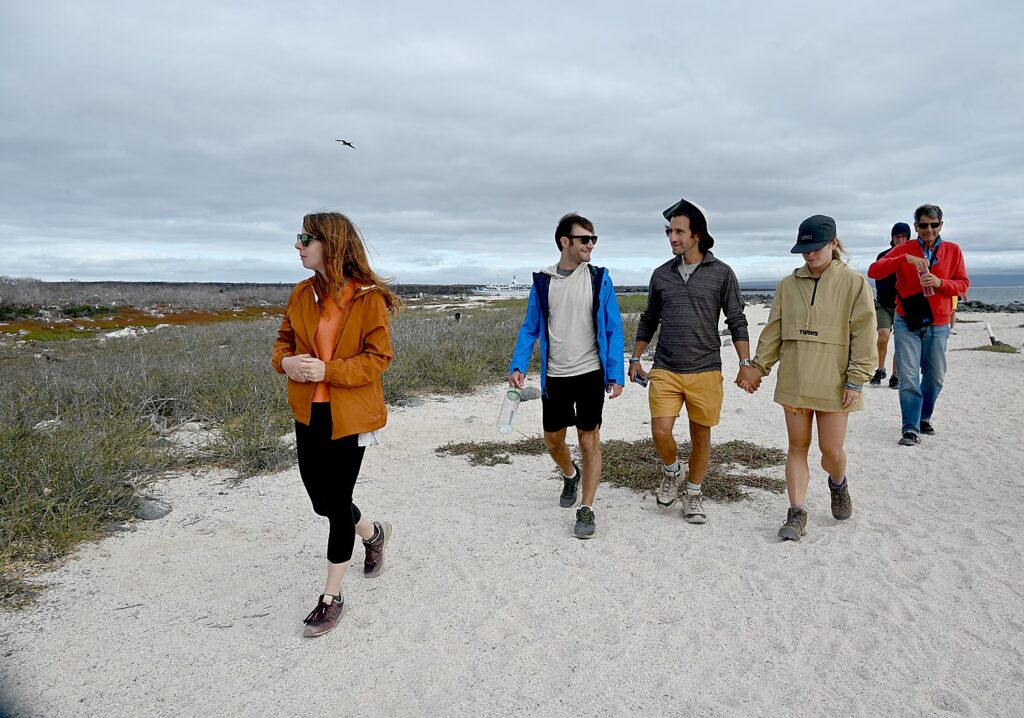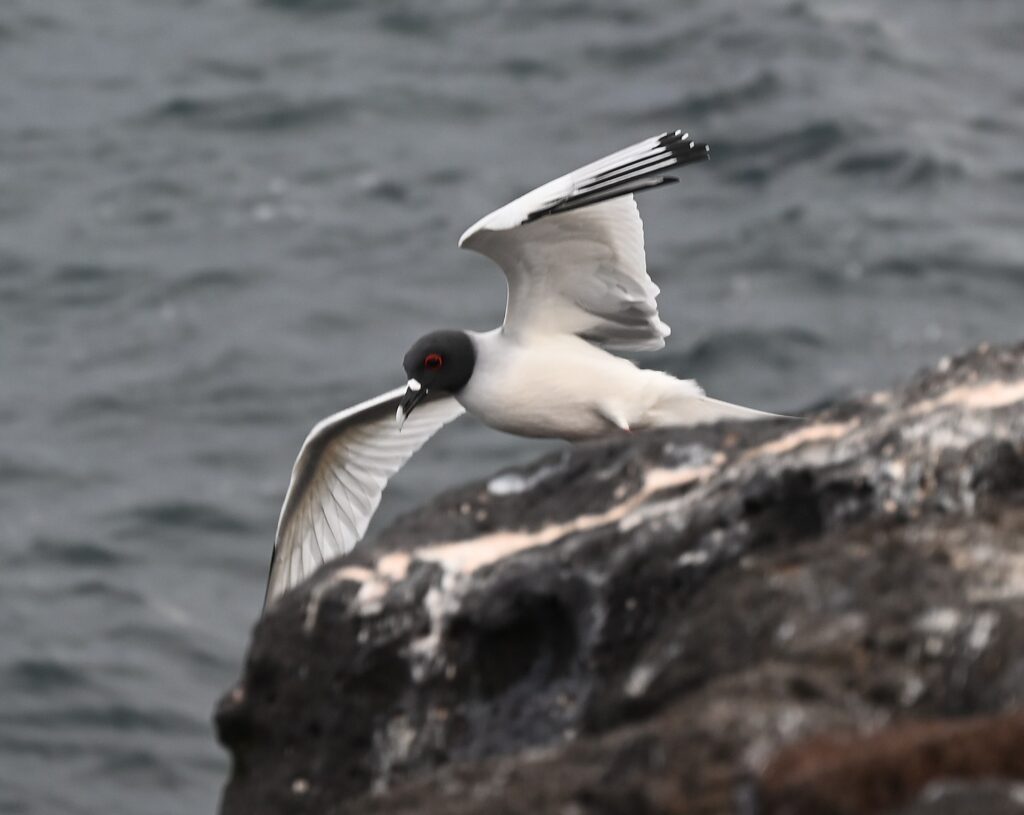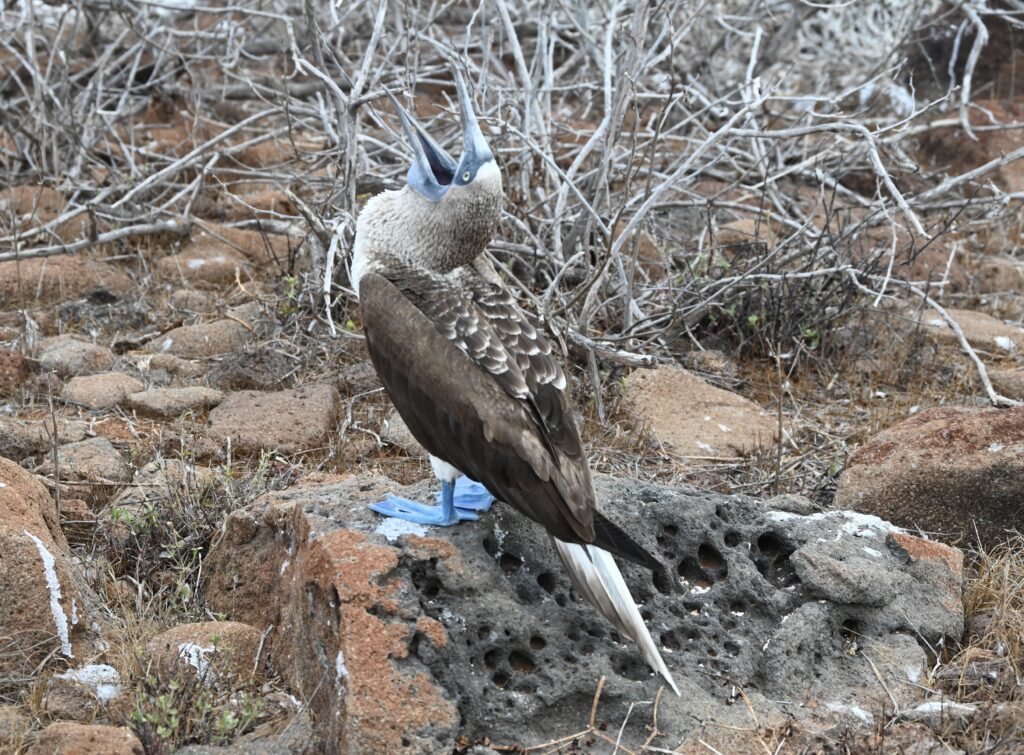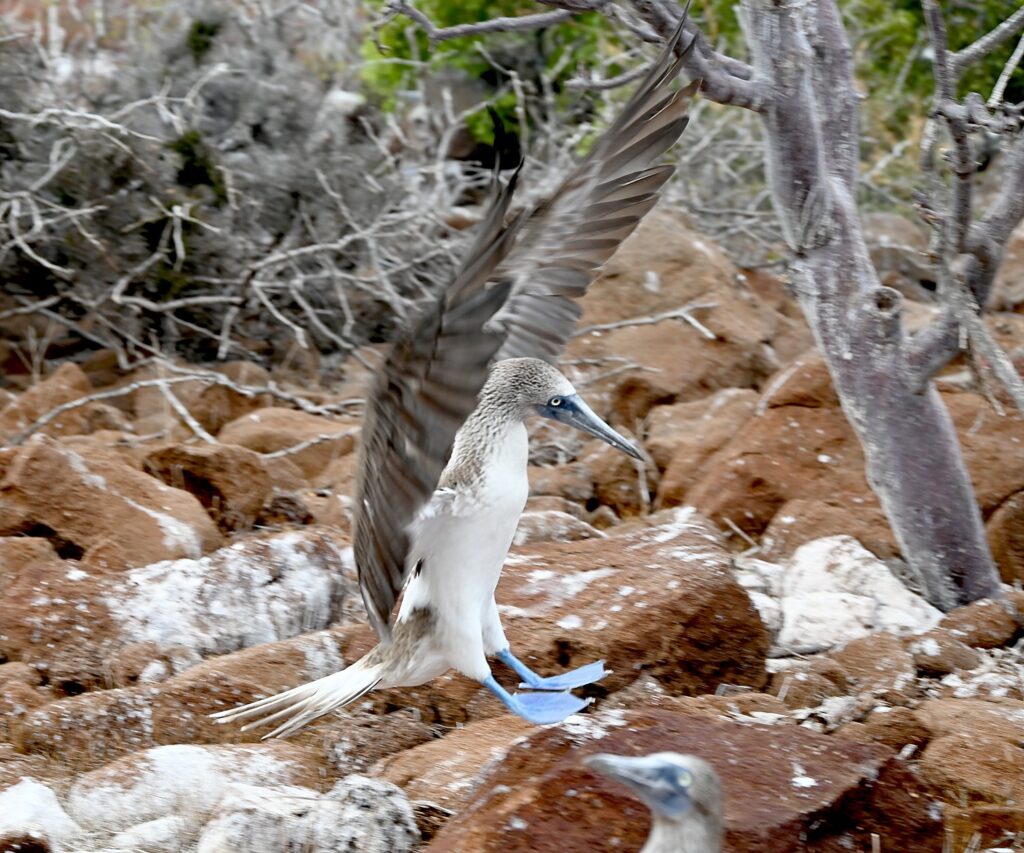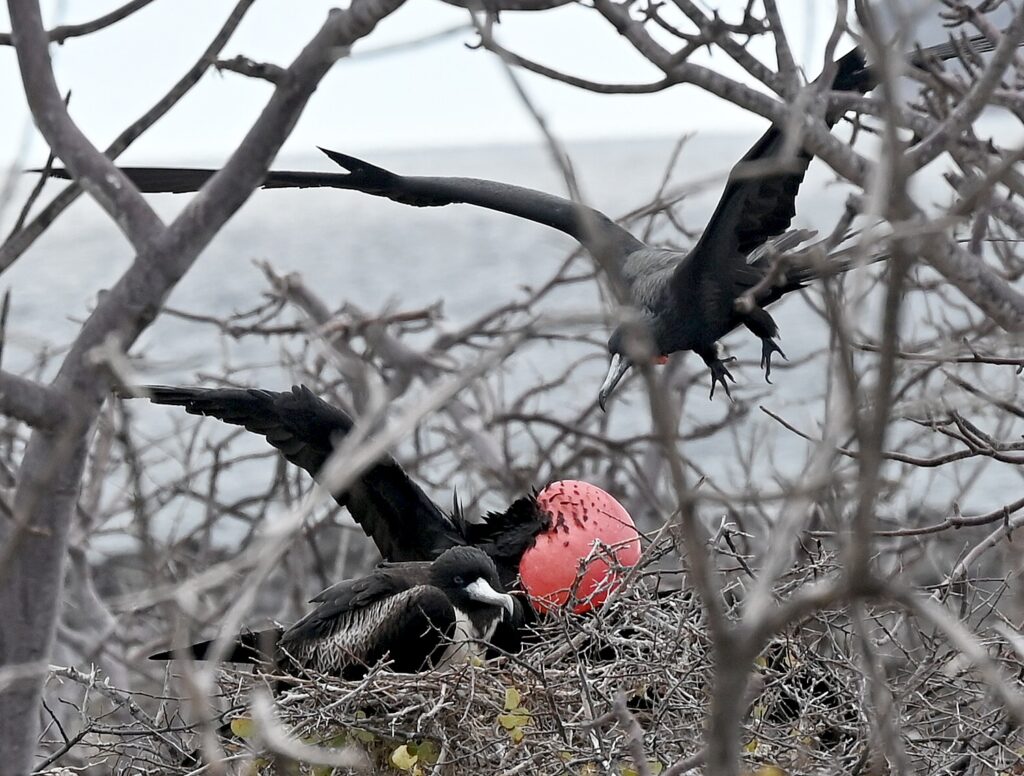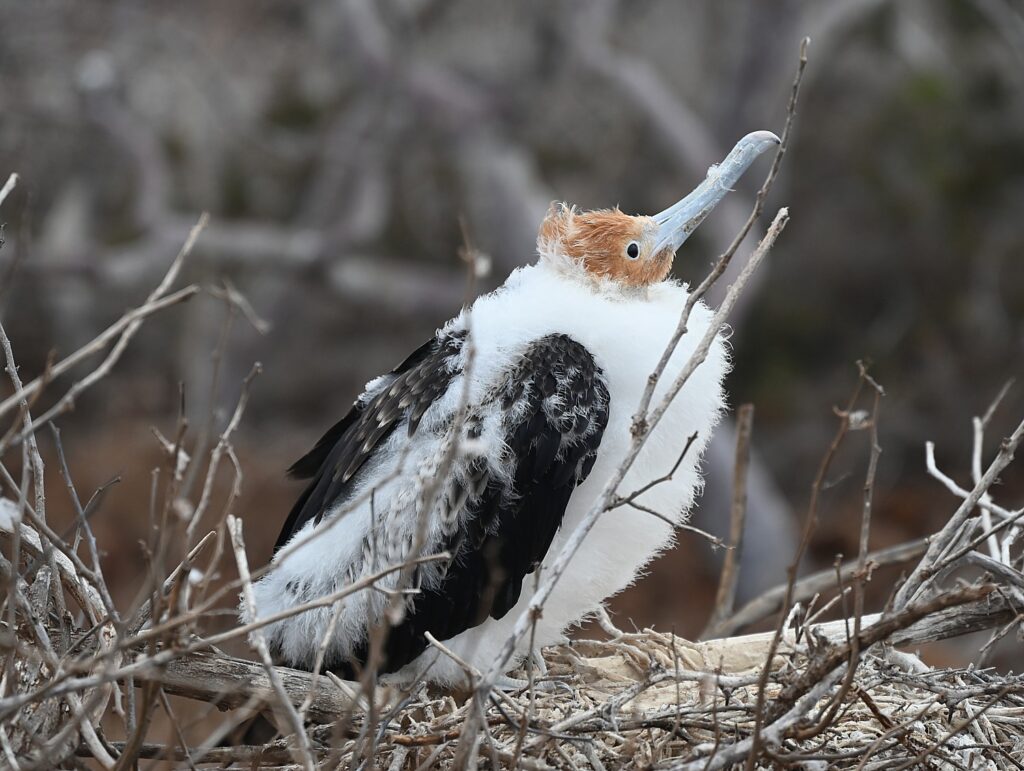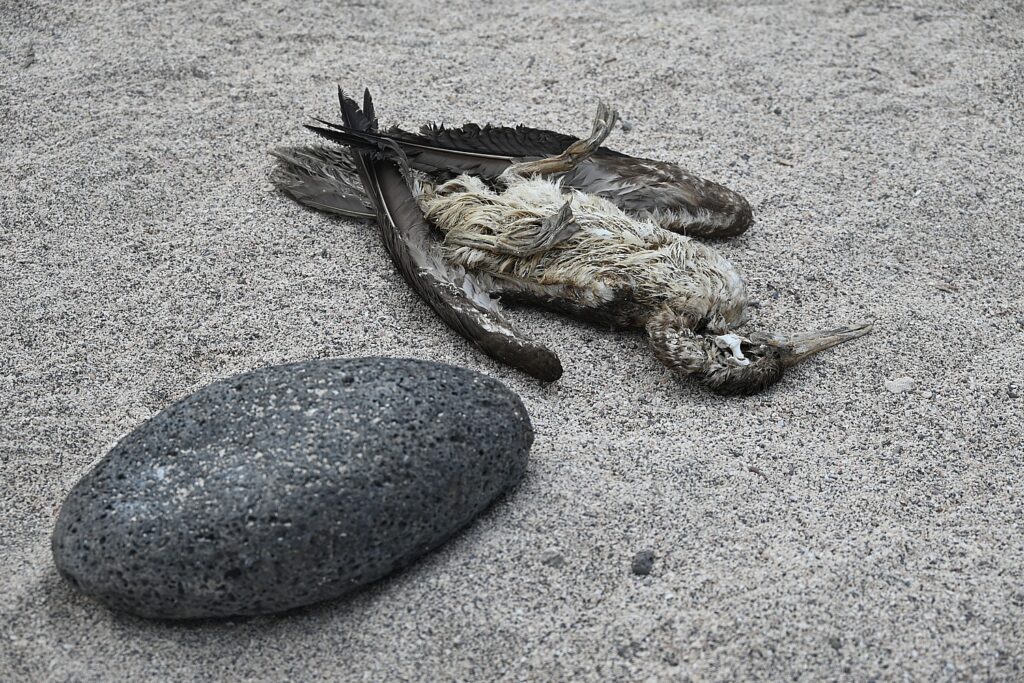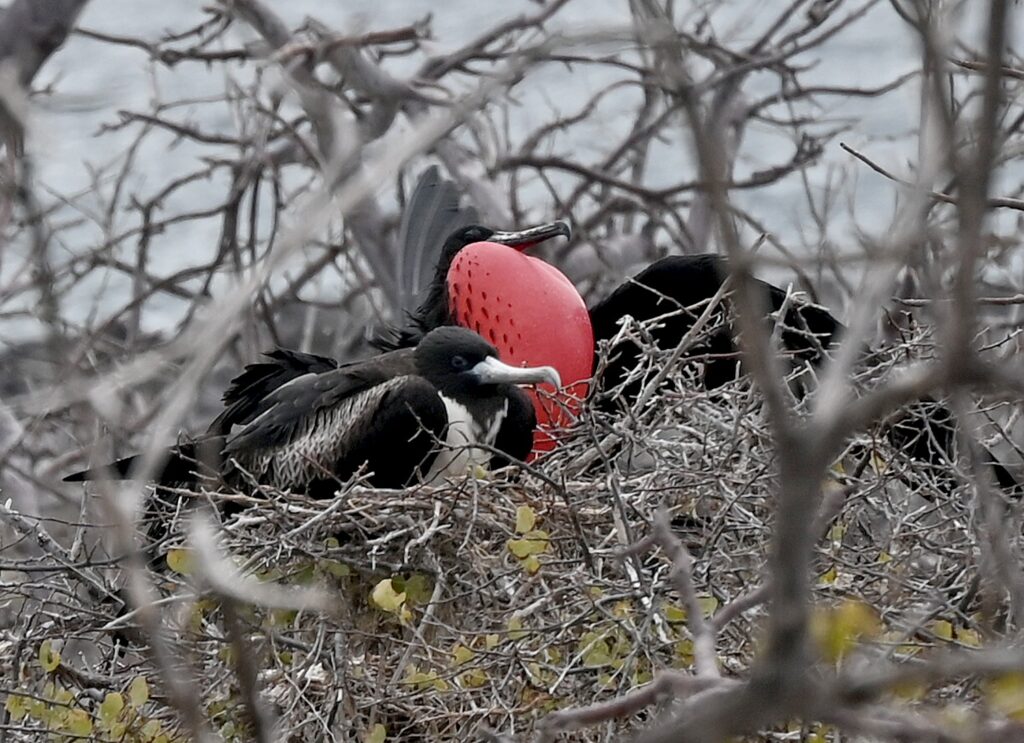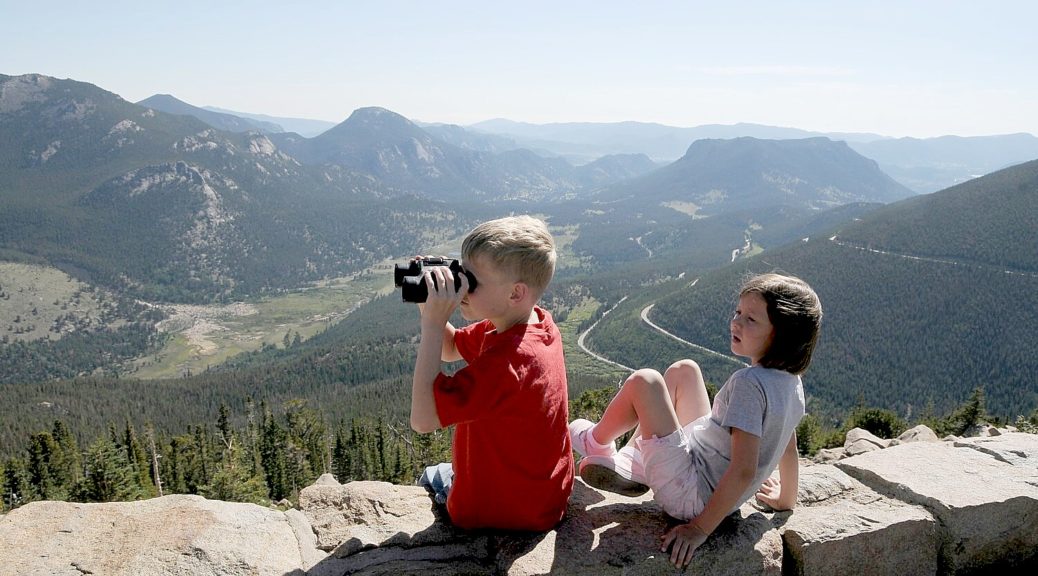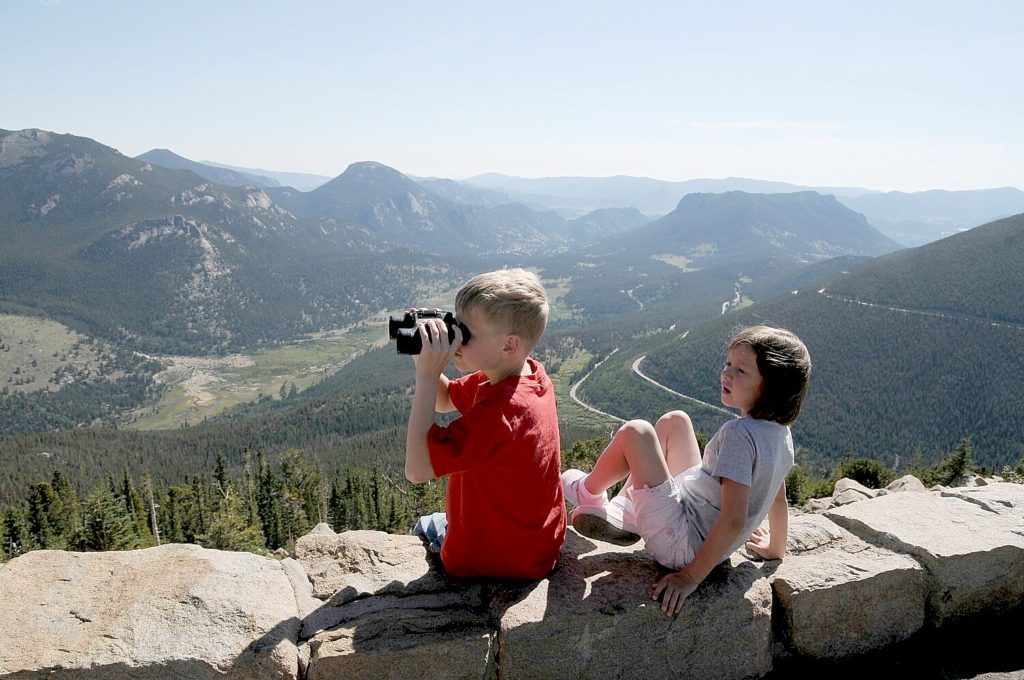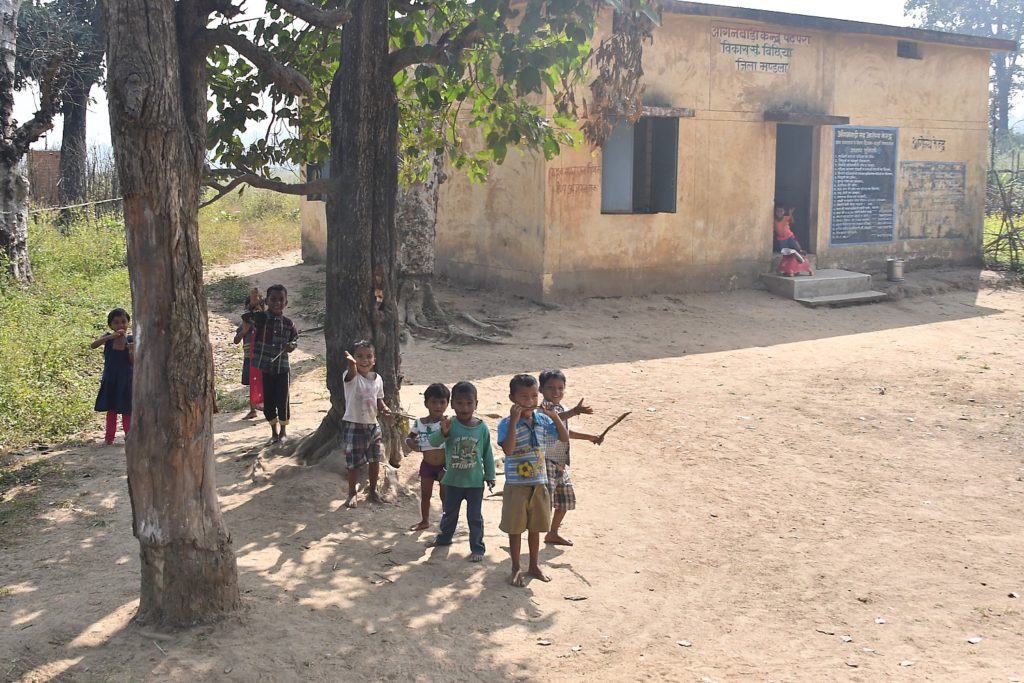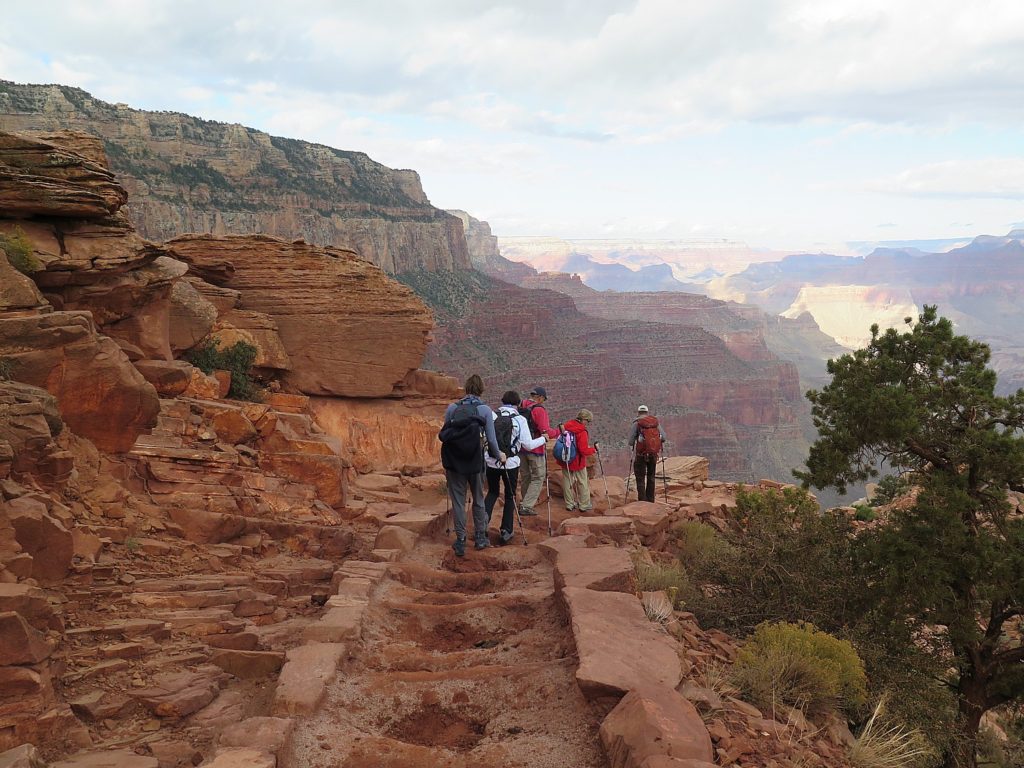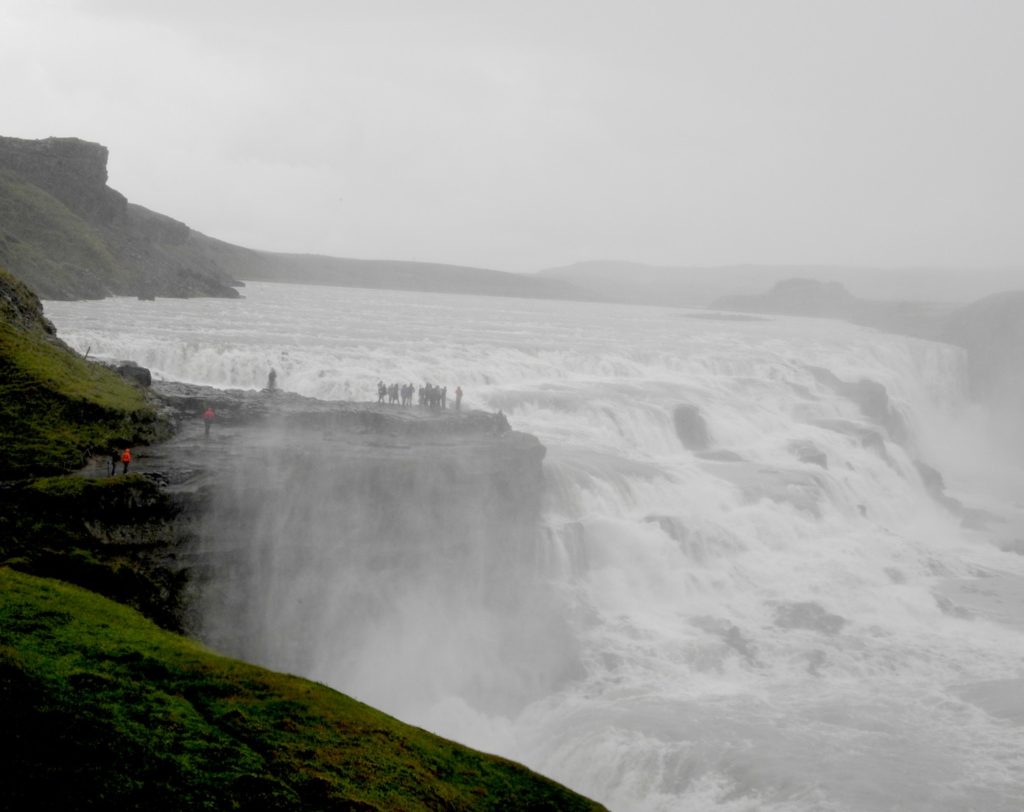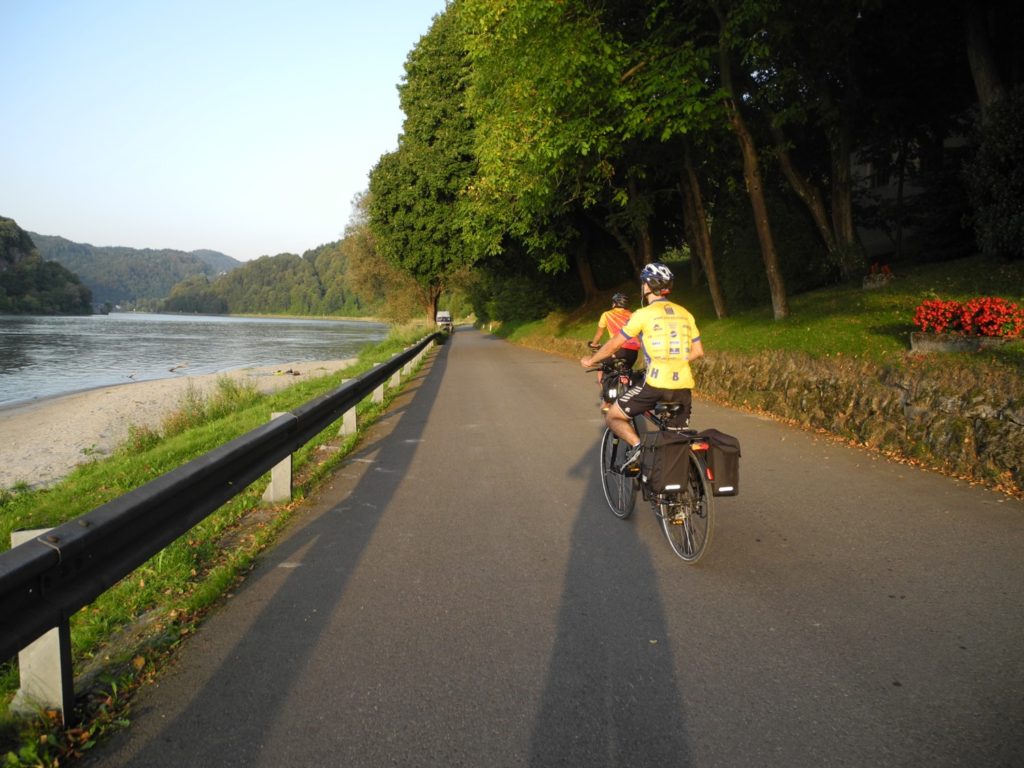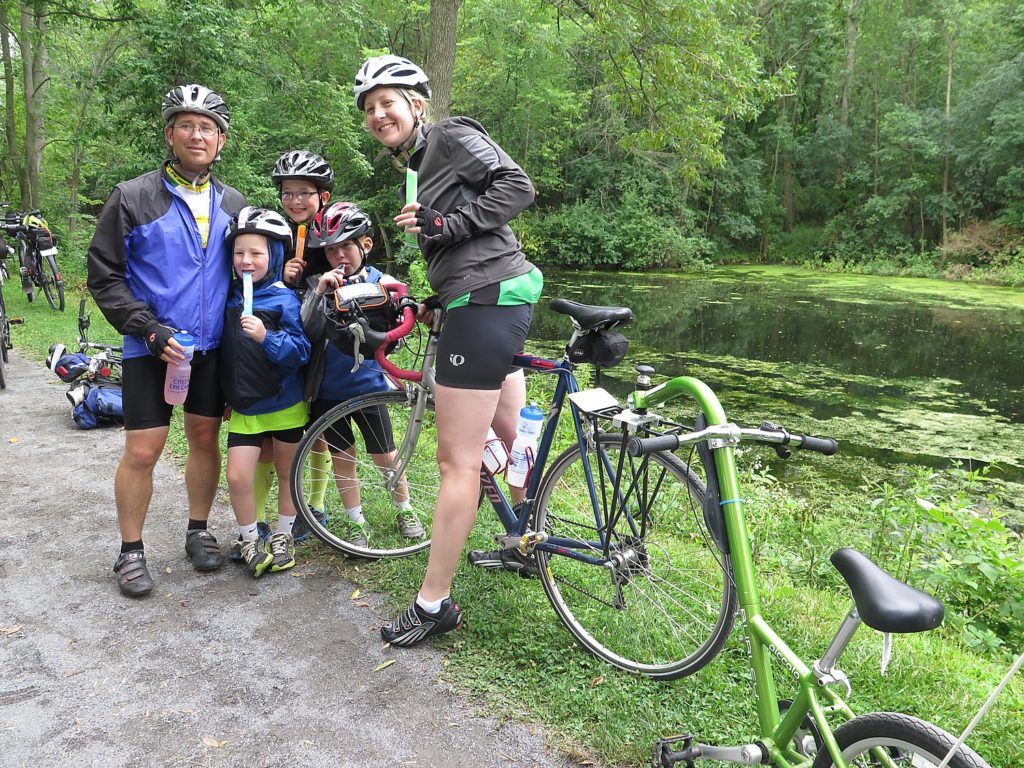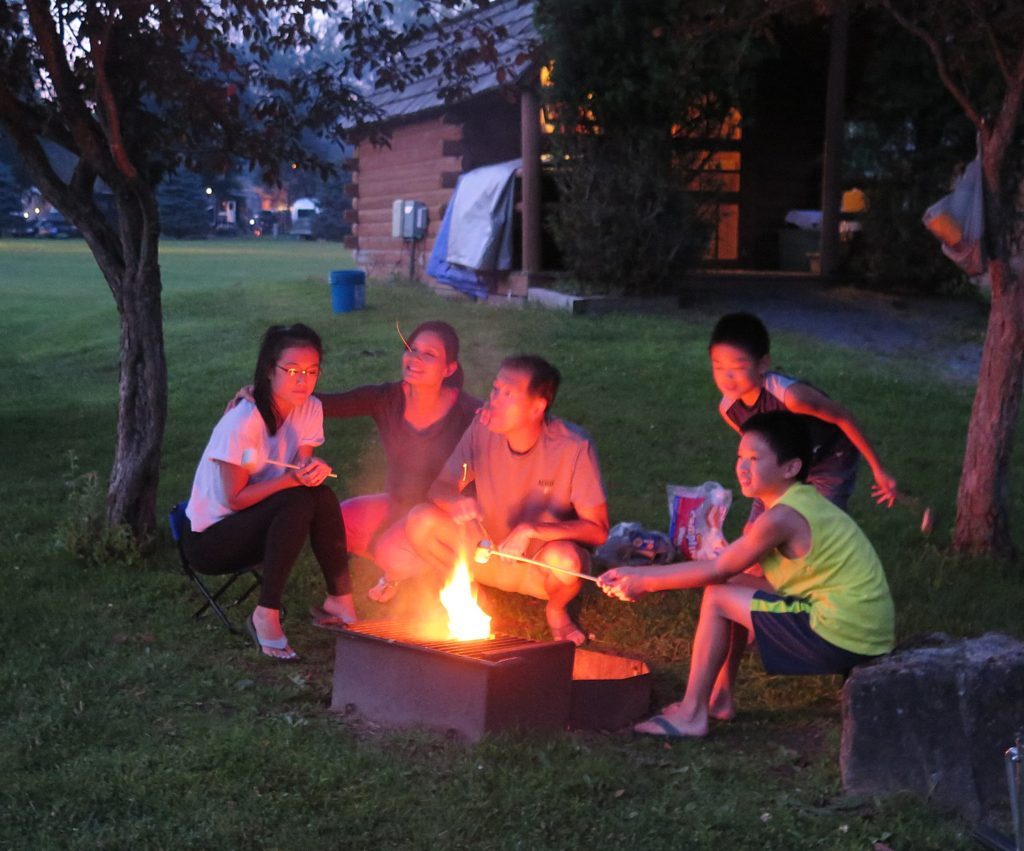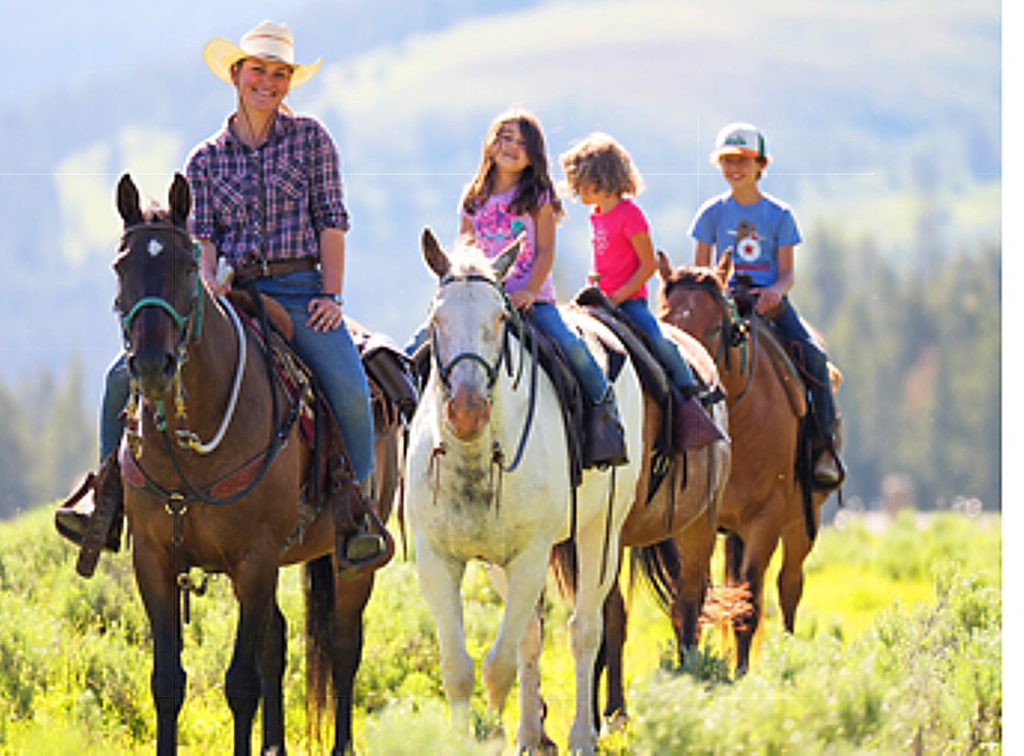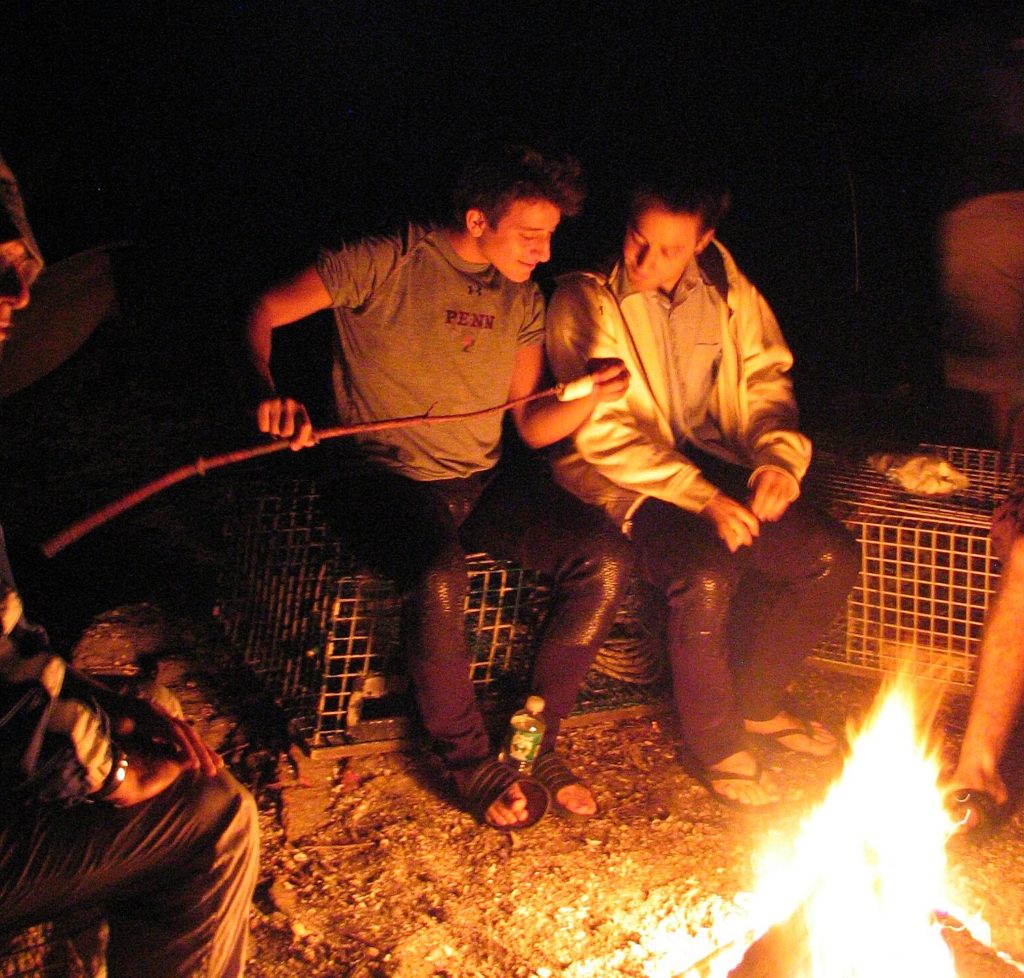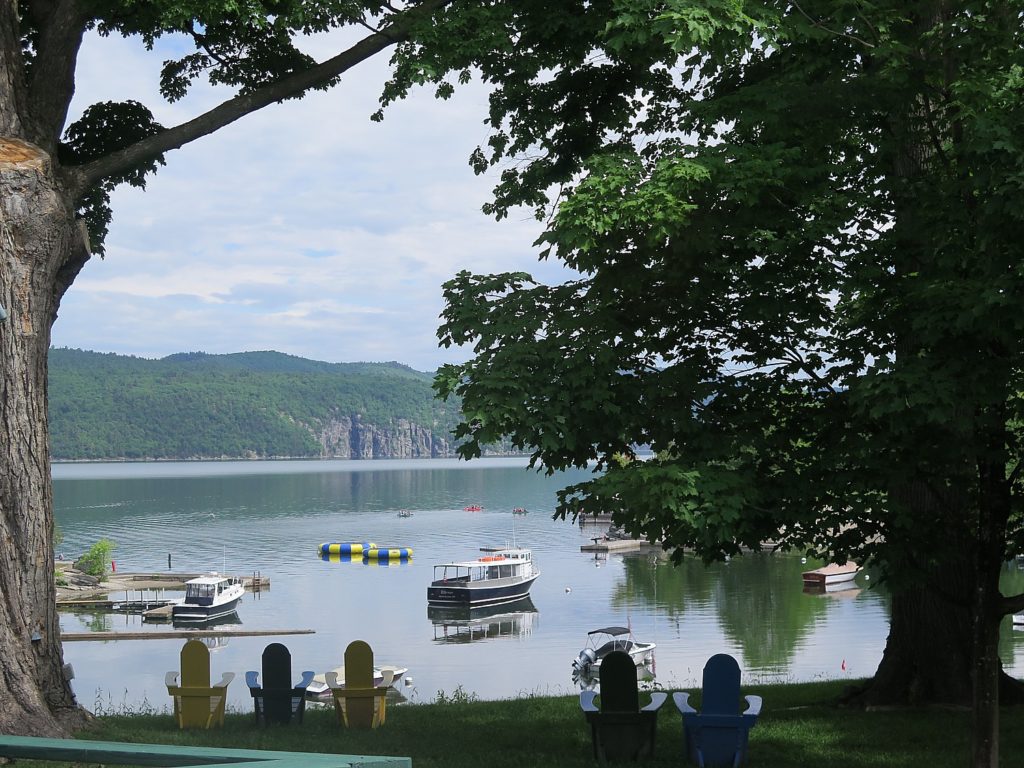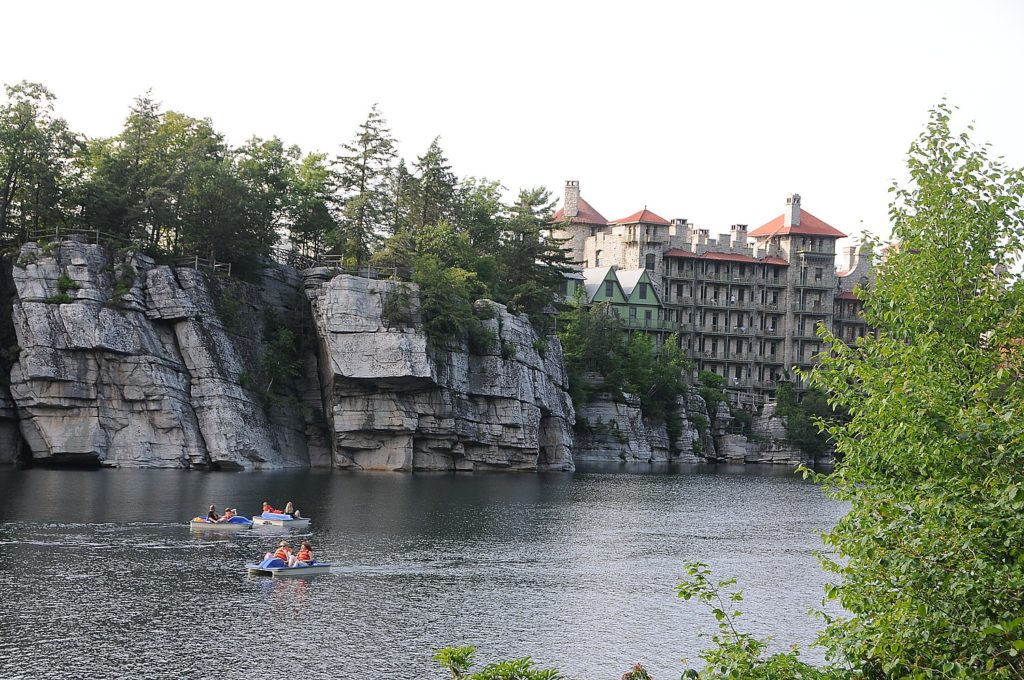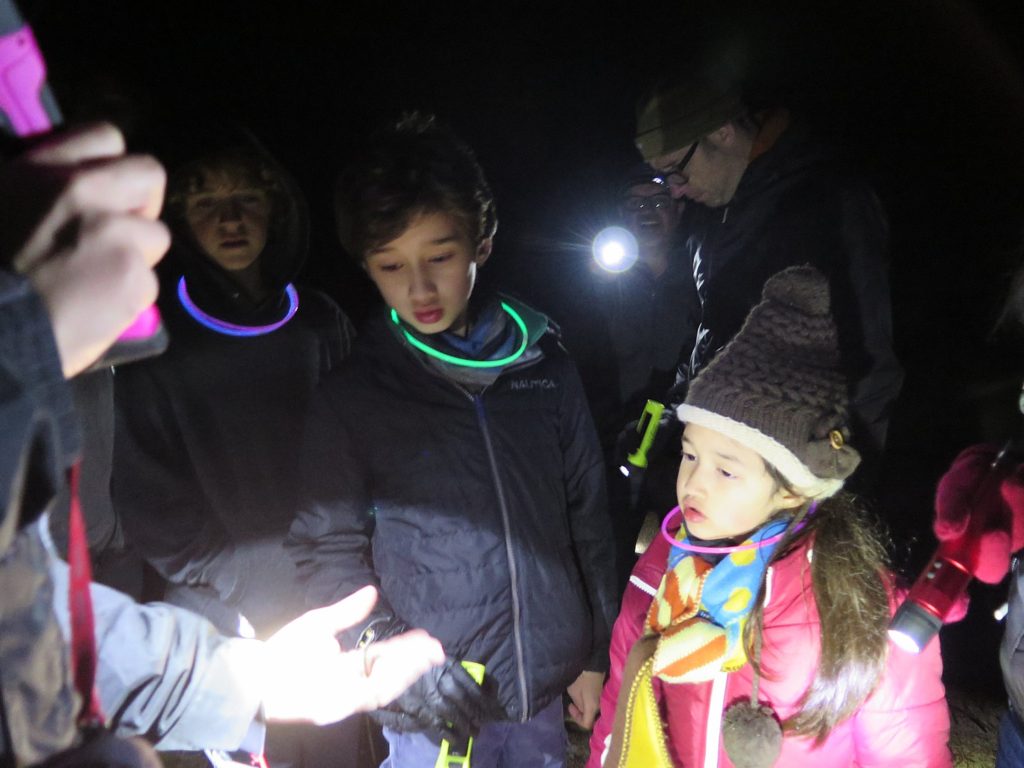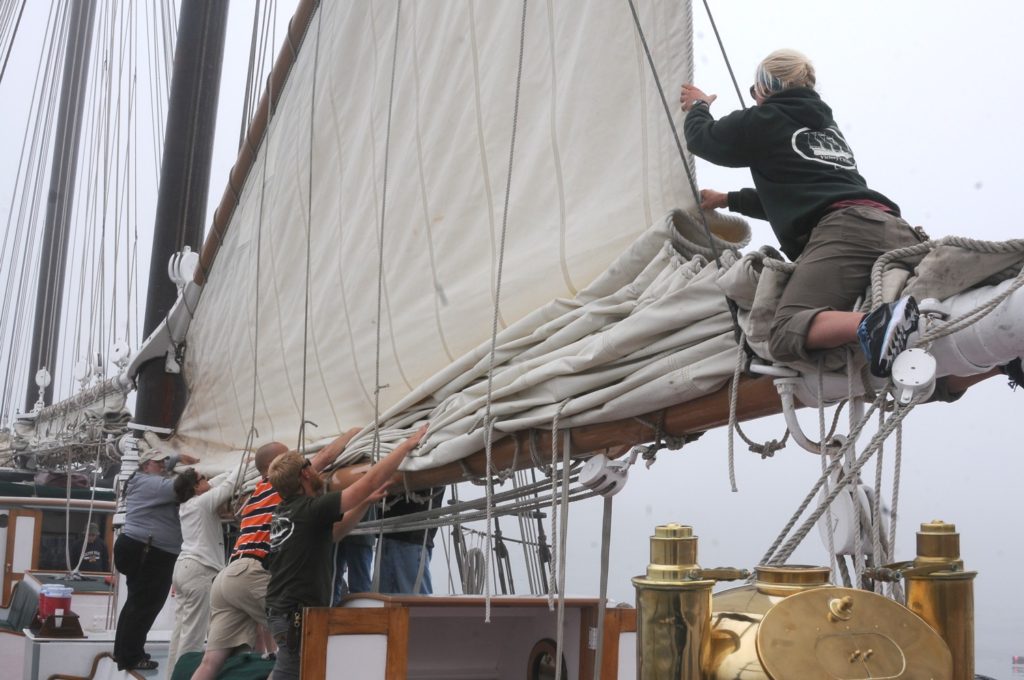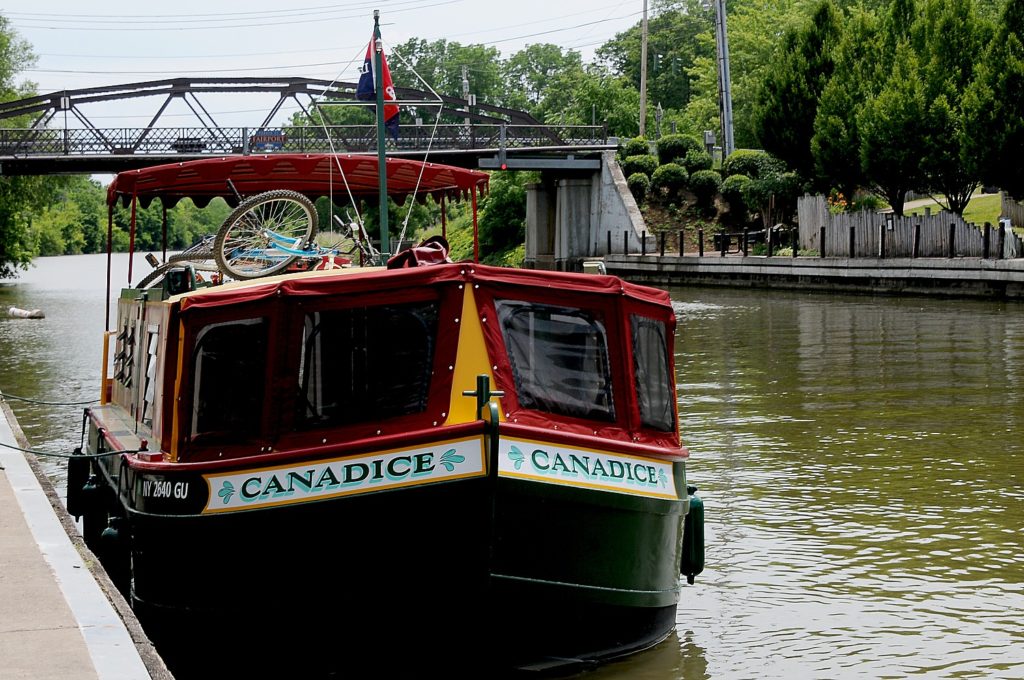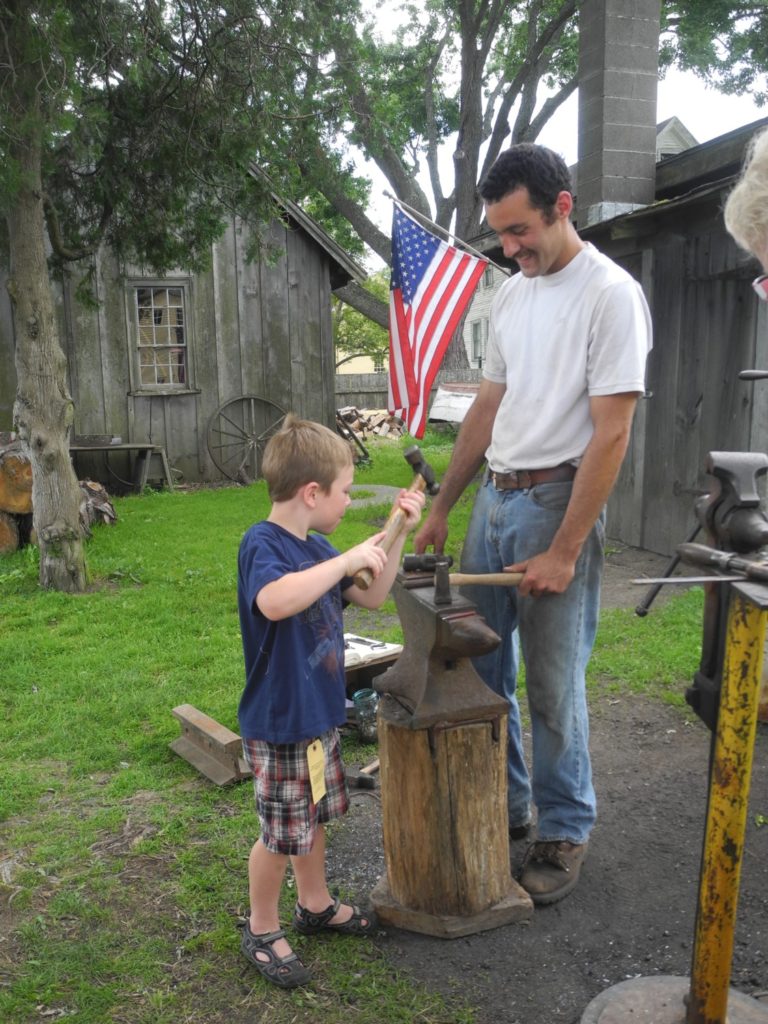
by Karen Rubin, Travel Features Syndicate, goingplacesfarandnear.com
Families are increasingly looking for travel experiences that are enriching, inspiring, foster an appreciation for the natural and human world. Among the pinnacle family experiences is a trip to the Galapagos (which I did with my grown children on the Galapagos Legend, GoGalapagos.com, and will do again as a multi-generational family once my grandkids are old enough), and an African safari, which is a much more formidable to plan, especially when you have no prior experience in Africa or doing a safari.
Because of that, I really appreciated the recommendations from Go2Africa’s Maija De Rijk-Uys – recently recognized by Travel + Leisure as an A-List Specialist for family safaris in Eastern and Southern Africa – who pulled from her own experiences taking her two kids to the bush in preparing these tips for parents traveling with kids and recommendations for the best family-friendly lodges to book.
“Traveling with my family in Africa has been the most rewarding and enriching experience for all of us over the years,” Maija de Rijk-Uys reflected. “Utilizing an operator like Go2Africa that can help simplify your logistics takes the stress out of family travel and allows everyone to connect, enjoy their time together and learn from expert guides about nature and wildlife.”
Tips for Planning Family Safari Vacations
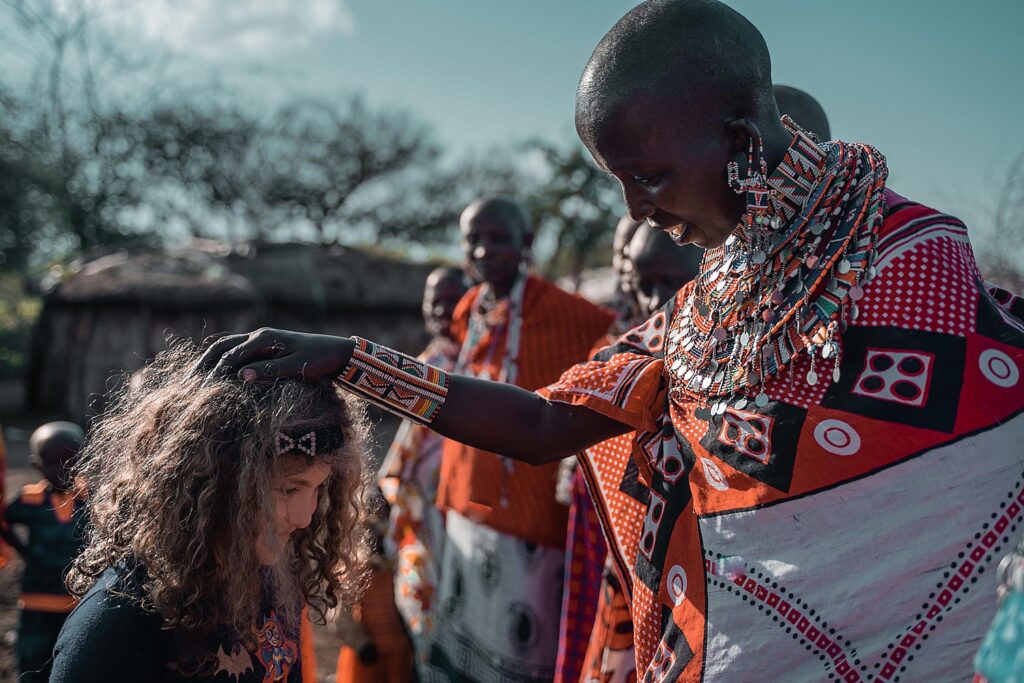
Give your family time to recover from long-haul travel: Families can benefit from splitting their trip between cities, camps, and beaches. Cities such as Cape Town offer many fun things to do as a family and the opportunity to recover from jet lag and adjust to new cultures and environments.
Opt for private vehicles when the budget affords: Some lodges insist on a private vehicle when traveling with young children, but where they don’t, Go2Africa advises opting for one anyway. When using a private vehicle on game drives, families can dictate exactly how long they stay at each sighting and how long they’re out in the bush—which will really come in handy if your little one gets restless.
Design an Age Appropriate Itinerary: A safari offers a variety of activities and experiences. Choosing the right ones based on children’s ages ensures fun and safety for the whole family.
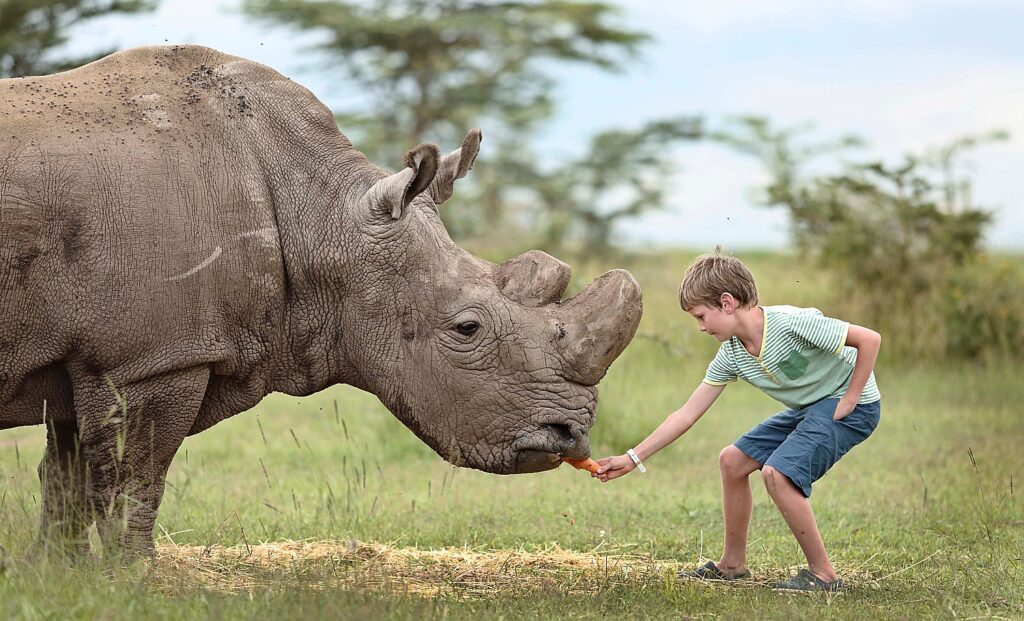
Traveling With Children 5-14 Years: When traveling with children younger than 15, choosing a lodge that offers closed or private vehicles, a junior rangers program, and professional guides who enjoy sharing the wilderness with youngsters is best. Children under 15 will love the excitement of nature walks, learning basic tracking skills, picnics in the bush, and spending time at the beach.
Traveling With Teenagers 15-18: Teens are mature enough to join parents for game drives in classic open safari vehicles and encounter the majestic mountain gorilla on gorilla treks in Uganda. If you have a sensitive teen, Go2Africa recommends discussing the possibility of witnessing dramatic predator-prey interactions you might see in the wild, especially in the Masai Mara and the Serengeti during the Great Wildebeest Migration. Your teen will come to understand that nature is all about balance, where hunters and prey are a necessary and normal part of the cycle of life.
Multi-Generational Families: East Africa offers something for every type of traveler, including hot-air balloon rides of the Masai Mara for older members and age-appropriate safari-themed programs for children. Best of all is sharing the experience together, bonding and building lifetime memories.
Work with an Expert, an African Safari Expert: Navigating the intricacies of planning a safari, from selecting the right destinations to arranging accommodations and transportation, can be overwhelming, especially for those unfamiliar with the region. A knowledgeable African safari expert can offer personalized recommendations tailored to the family’s preferences, while ensuring safety and comfort for all is a top priority. Moreover, they can often leverage their industry connections to secure exclusive deals, upgrades, and insider access, enhancing the overall value of the trip.
Choose the Right Safari Lodge for Your Family: Beyond merely providing accommodation, the right lodge can serve as a hub for adventure, education, and relaxation amidst the wilderness. A well-chosen lodge will offer activities suitable for various age groups, as well as amenities and services tailored to families, such as childcare facilities and kid-friendly meals, can significantly enhance comfort and convenience during the trip. The location and surroundings of the lodge also play a pivotal role, offering opportunities for wildlife encounters and immersive nature experiences.
I would suggest another consideration: ask what wildlife you are likely to see at the lodge, and if you have particular interest, choose accordingly.
Six Family-Friendly Safari Lodges
As a mother of two, Maija’s favorite kid-friendly safari combines classic game viewing in malaria-free destinations with family beach villas on tropical beaches. Here are her favorite child-friendly safari lodges for an African safari with kids:
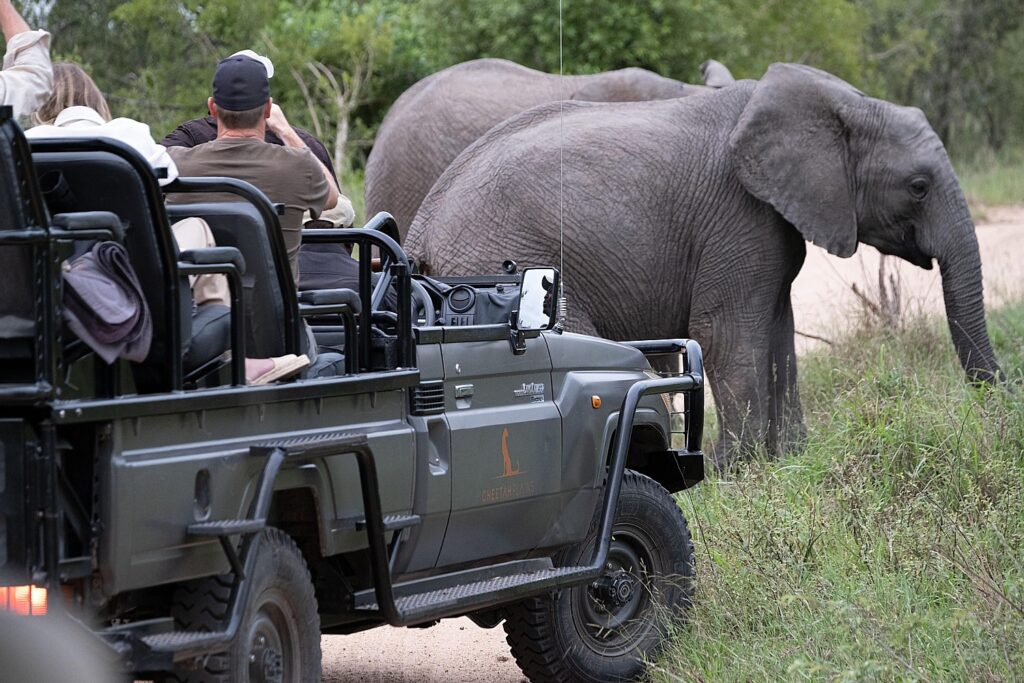
Cheetah Plains, South Africa: At Cheetah Plains in Sabi Sand, South Africa, game drives and interpretive walks with expert guides and trackers facilitate connection to the wild, fostering a love and appreciation for nature. Activities from scavenger hunts, tracking, baking and crafts keep young minds entertained, while adults can indulge in tastings and pairings, wellness treatments or simply relax. Preferential activities and interests are personalized for your safari by dedicated and knowledgeable field guides. A private electric safari vehicle allows you to travel solely with your group on your own schedule. Family-friendly villas are designed with thoughtful features like inter-leading suites and entertainment lounges equipped with state-of-the-art audio-visual equipment. Cheetah Plains is one of the only safari camps to allow children of all ages on game drives.
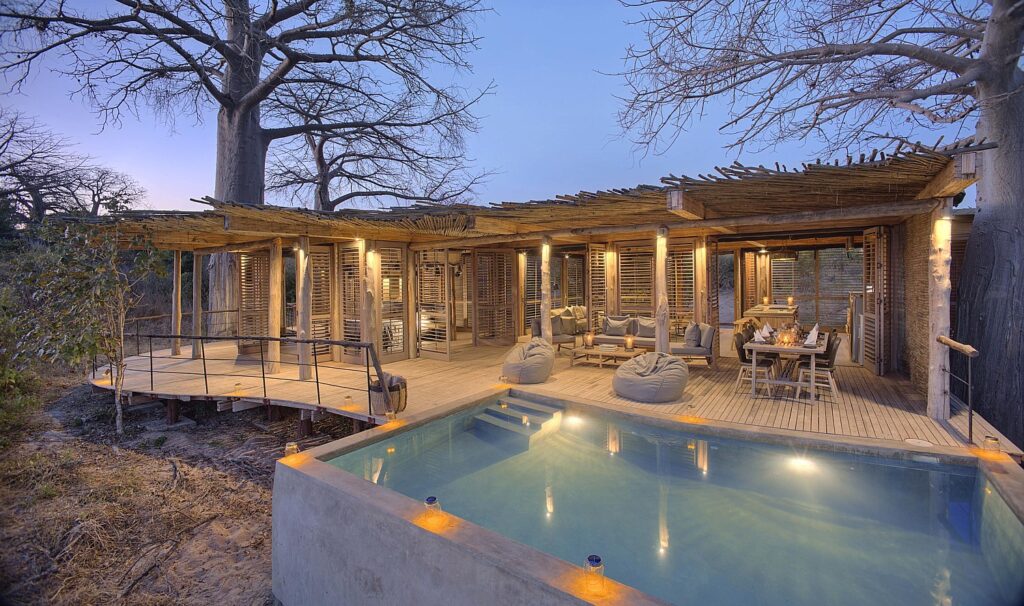
Jabali Private House, Ruaha National Park, Tanzania: Designed with families in mind, Jabali Ridge offers eight spacious suites seamlessly integrated among colossal granite boulders, providing an exclusive and remote atmosphere. Tailored safaris with morning and afternoon game drives, walking safaris, and kid-friendly photographic safaris are available upon request. Personalized family-focused adventures, homemade meals—including picnic breakfasts and gourmet dinner. Lounge in hammocks on wooden decks, or take refreshing dips in infinity pools, with stunning vistas of the expansive plains.
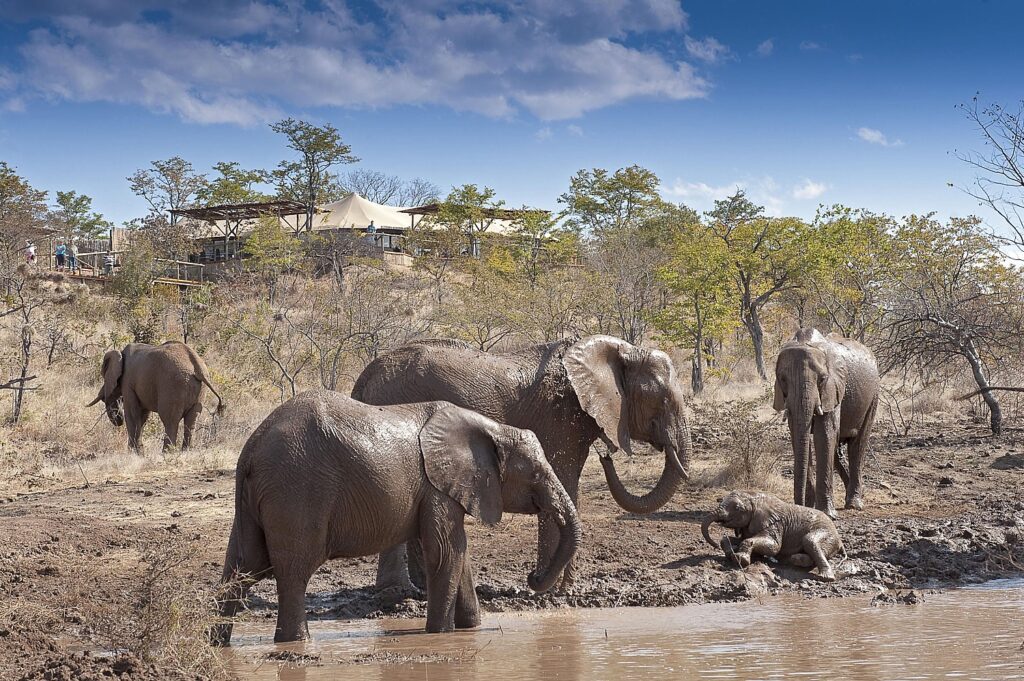
The Elephant Camp, Victoria Falls, Zimbabwe: Traditional safari ambiance meets eco-conscious luxury in one of the most breathtaking locations on earth: Elephant Camp in Victoria Falls. “Meet the Elephant” gives guests the opportunity to unobtrusively interact with some of the biggest personalities in Africa.
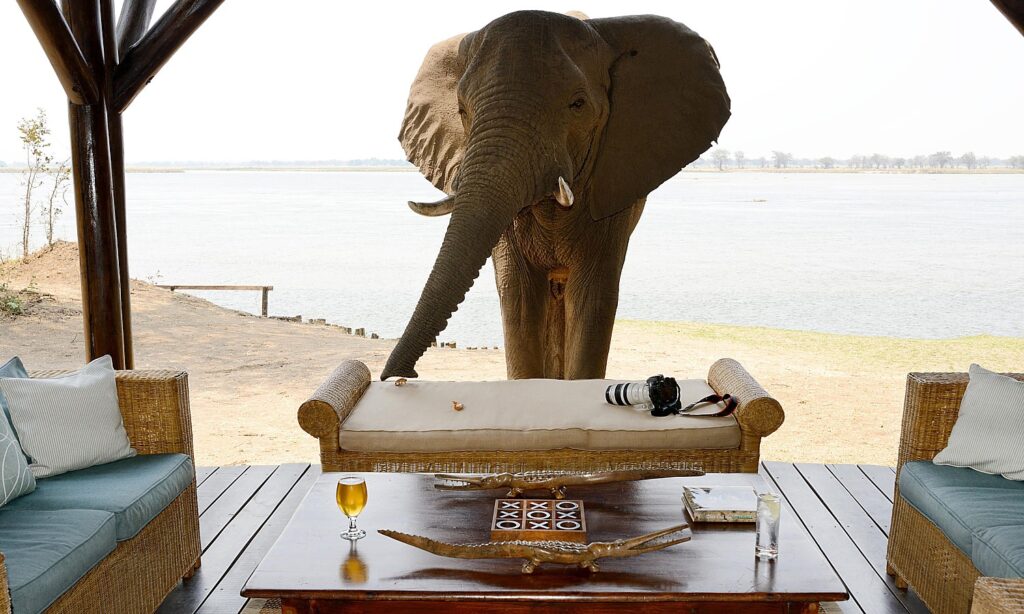
Chiawa Camp, Zambia: Chiawa Camp, on the banks of the Zambezi River in the heart of the Lower Zambezi National Park, is a perfect family retreat for nature lovers. Families can embark on game drives (including enchanting night drives), guided walks, and river cruises. The camp’s family-friendly tents feature indoor and outdoor showers. Chiawa Camp also offers swimming pool, open-air gym, and diverse safari experiences.

Somalisa Acacia, Hwange National Park, Zimbabwe: At Somalisa Acacia, families gather on the dining and relaxation deck overlooking a busy watering hole, and can sight kudu, cheetah, and wild dogs on game drives, and enjoy superior lodging in the intimate and luxurious safari camp. Ngwana Club (meaning “explorer” in Tswana), offers entertainment for kids during downtime: giving kids a chance to see conservation efforts in nearby villages, roam safe nature trails with trained staff, as well as enjoy boating, pizza-making, and jewelry crafting.
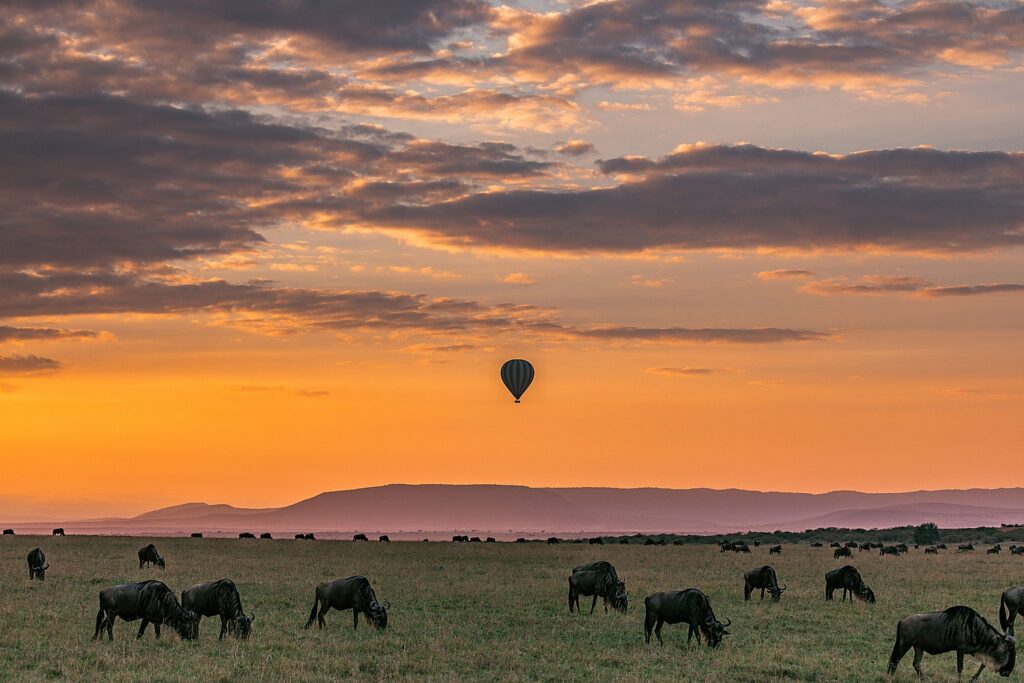
The Retreats, Tanzania: The Retreats at Sayari and Namiri are ideal for multigenerational and small groups, providing a private guide and vehicle, host, and dedicated chef who prepares special kids meals. Sayari Retreats, open June to March, and Namiri Plains Retreats opened year-round, share a pool, lounge and spacious deck with a sunken fire pit from which to enjoy expansive views across the Serengeti. Sayari offers walking safaris, hot air balloon safaris and cultural visits; guests are in the premier location to view thousands of wildebeest crash across the Mara River as part of their Great Migration from July to November. Sayari is renowned for its safari experience amidst the untouched plains of the northern Serengeti. Namiri Plains, in the eastern corner of the Serengeti, offers unparalleled privacy as no other camps are within an hour’s drive. Each property offers two en suite double bedrooms (additional beds can be added for children over five). Before Namiri Plains was built, these grasslands were closed for 20 years to allow the cheetah population to be restored. Guests can take part in game drives, walking safaris, and cheetah research and each group will have a private guide and safari vehicle allowing for flexibility and exclusivity in the experience.
For additional suggestions on the best places for a family safari with Go2Africa (go2africa.com) explore here (https://www.go2africa.com/african-travel-blog/multi-generational-luxury-lodges).
Five Family Friendly Safari Destinations to Visit in 2025
Personally vetted and selected, Go2Africa shares Managing Director Maija de Rijk-Uys’ Top 5 Bucket List Places for Family Travel in Africa.
Tanzania’s Rubondo Island: Rubondo Island Camp is a private island paradise. Nestled within a national park it is affectionately known as “Noah’s Ark” due to its astounding natural beauty and diversity. The island’s ecosystem includes giraffes, elephants, rhinos, and hippos, which can be viewed on thrilling game drives in private Land Rovers. While guided chimpanzee trekking is available for older teens and adults, younger children will delight in game drives, catch-and-release fishing, sunset cruises, and guided nature walks. Fishing enthusiasts can try to catch the famed Nile perch from a boat or the beach. The island’s luxury extends to its accommodations, where families can relax in Robinson Crusoe-style comfort.
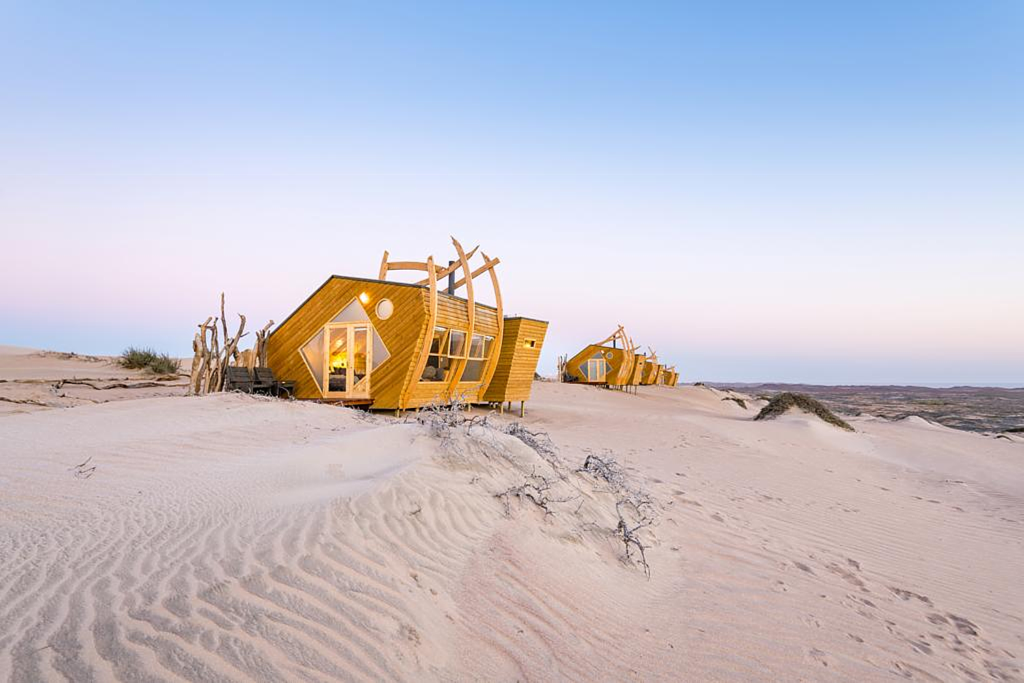
Namibia’s Skeleton Coast: One of Africa’s most unusual lodges, Shipwreck Lodge is the only lodge situated in the soul-stirring Skeleton Coast National Park, and the ideal place to stay to explore one of Africa’s last true wilderness areas. Nature drives in search of brown-hyena spoors provide educational opportunities for the kids to learn about the area’s desert elephants, giraffes, lions, and baboons. With stunning beaches and dunes on your doorstep providing endless opportunities for exploration, visitors enjoy leisurely walks to the ocean, while those seeking excitement should try quad biking on the untouched dunes. A visit to the Mowe Bay seal colony is a family favorite. The journey includes stops at the historic Karimona and Suiderkus shipwrecks. Keeping an eye out for intriguing skeletons and bones scattered along the way. adds an extra layer of adventure and discovery to your family safari.
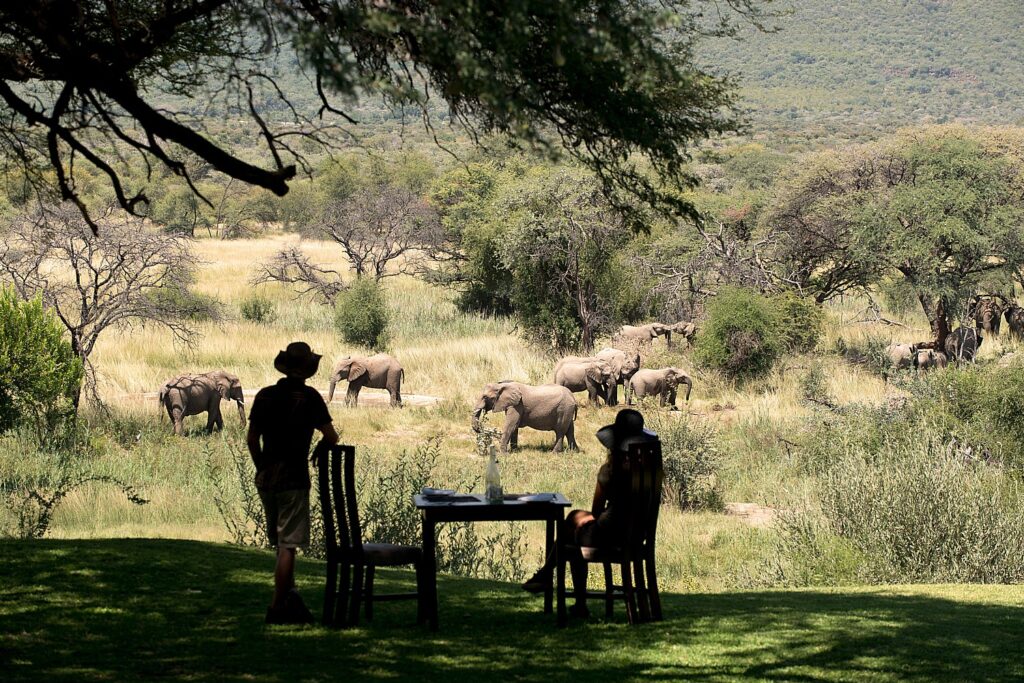
Marataba Safari Lodge in South Africa: Marataba Safari Lodge is nestled in the stunning Waterberg Mountains. Marataba is malaria-free, providing a safe and serene environment, making it a perfect alternative to other popular safari destinations like Kruger National Park, especially for families with young children or multi-generational groups. The family-tented suite features a spacious main suite and a room with bunk beds that kids enjoy. The Mack & Madi Kids’ Adventure Safari Club is a hit with children aged 5-11, offering activities like exploring the Eco Garden, animal tracking, bush camping and movie nights under the stars. A family favorite is the water safari on Marataba’s Matlabas River aboard the boat Miss Mara, especially magical during an African sunset.
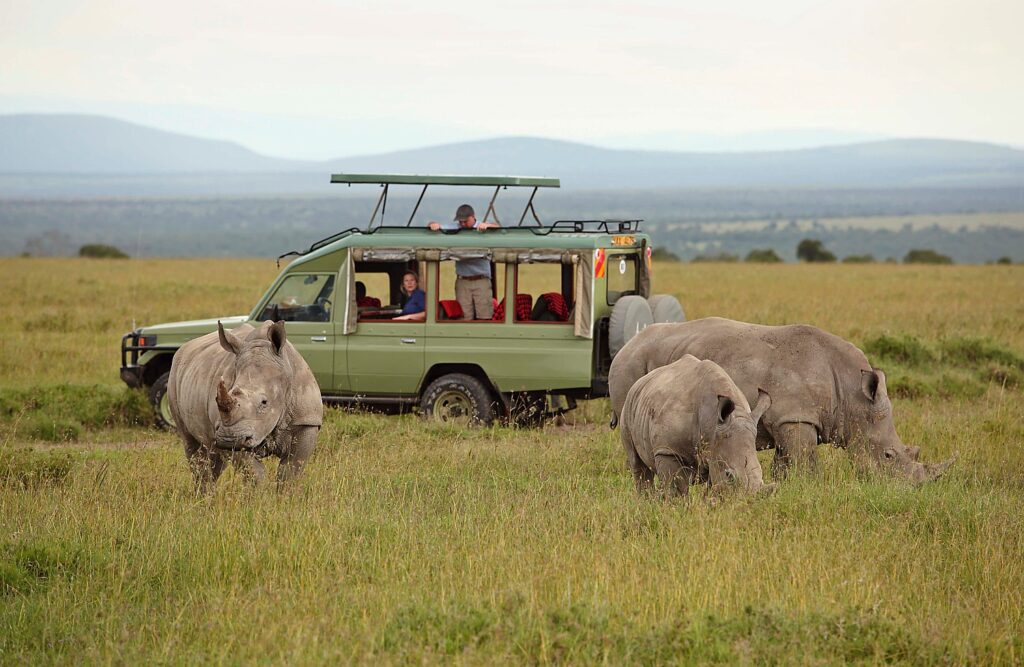
Ol Pejeta, Kenya: Asilia Africa’s Ol Pejeta Bush Camp, located on the banks of Kenya’s Ewaso Nyiro River in the Laikipia region offers breathtaking views of Mount Kenya and a thriving wildlife population. Ol Pejeta Conservancy is home to the last remaining northern white rhinos. Ol Pejeta Bush Camp welcomes children over 5 years old and offers a variety of child-friendly activities. Early morning game drives and bush breakfasts provide a perfect start to the day, while night drives offer a chance to spot elusive creatures like aardvarks, bat-eared foxes, and leopards. The Ol Pejeta Conservancy rangers organize the ‘Running the Wild’ experience every Wednesday morning – where guests get to run alongside the rangers, followed by coffee and conversations about the reserve’s conservation efforts. Families can visit the Sweetwaters Chimpanzee Sanctuary, the only place in Kenya to see these endangered chimps.
The Wild Coast, South Africa: The allure and captivating essence of the coast found in the rolling hills, the wild sea, the vibrant nature, the lagoons and the people, keep Maijas and her family returning every September for the last eight years. This destination offers swimming, hiking, mountain biking, bodyboarding, and building sandcastles on the beautiful beach. Rock pools host interesting marine life and the lagoon is a perfect place to SUP, kayak and snorkel. GweGwe Beach Lodge is a great option for families with its laidback luxury, locally inspired design, and supervised child-friendly area with games and entertainment. This is one of the few places in the world to watch a whale lobtailing and zebra or buck graze while a pod of dolphins surf a wave. Tasty farm-to-table meals are served with your feet in the sand. The lodge offers spacious and comfortable family suites wellness treatments, picnics, and guided marine or botany walks.
More information: Go2Africa, 1-866-438-8677, go2africa.com.
_______________________
© 2024 Travel Features Syndicate, a division of Workstyles, Inc. All rights reserved. Visit goingplacesfarandnear.com and travelwritersmagazine.com/TravelFeaturesSyndicate/. Blogging at goingplacesnearandfar.wordpress.com and moralcompasstravel.info. Visit instagram.com/going_places_far_and_near and instagram.com/bigbackpacktraveler/ Send comments or questions to FamTravLtr@aol.com. Tweet @TravelFeatures Threads @news_and_photo_features ‘Like’ us at facebook.com/NewsPhotoFeatures
